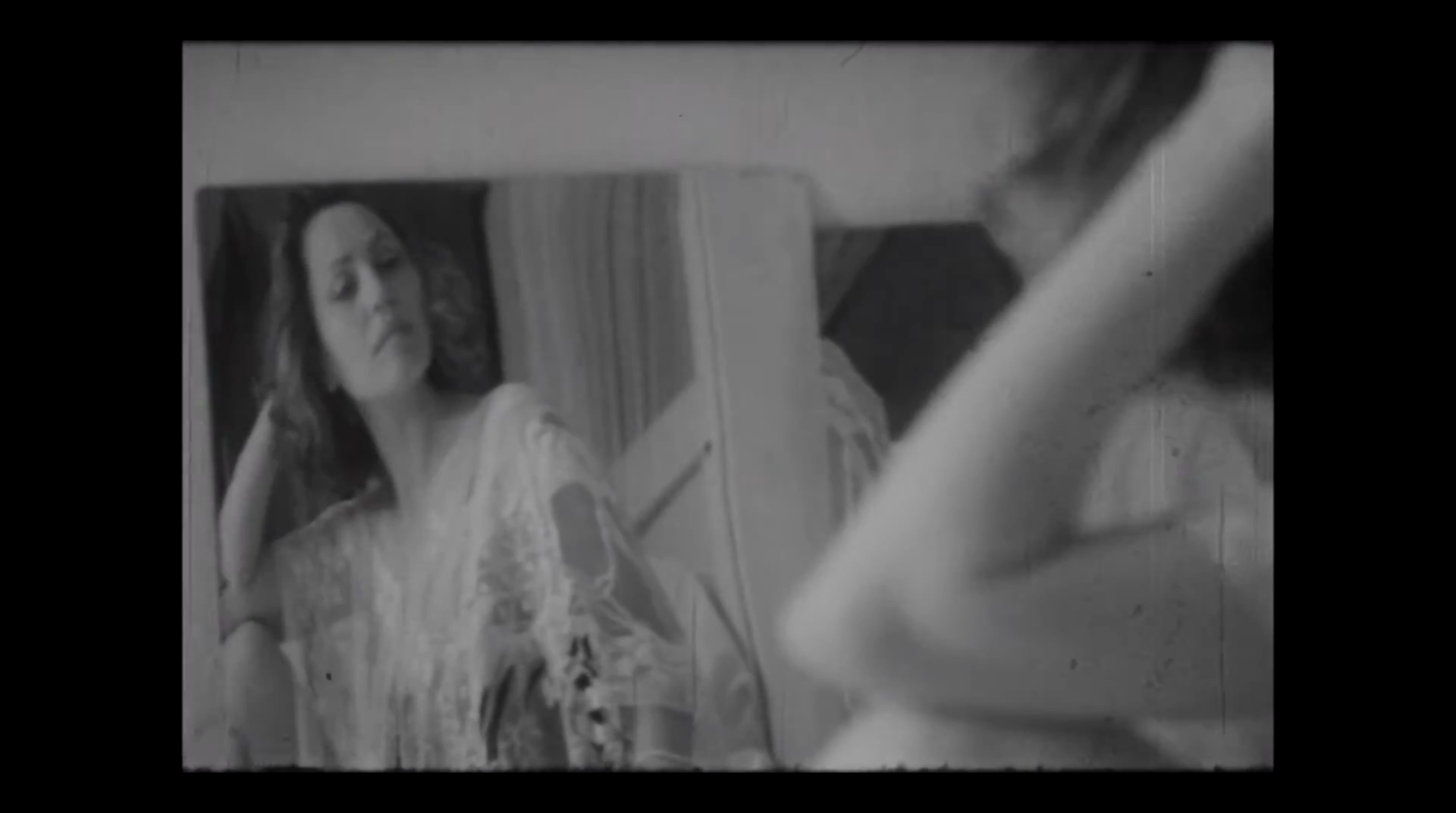Lessons in Film History #6 - East Winds. Experimental Cinema beyond the Wall. Romania
From the folds of silk, lace, aluminum foil, and cellophane, in the grip between the trembling reflections in the system of mirrors, the ankle, throat, or shoulder of a halfnaked model occasionally emerges with surprising sharpness. The fluidity of depicting the female body in a cramped boudoir collides with them like drops of breath at the edge of a window.
kinema ikon is the oldest active experimental art group in Romania, and it was founded as a cine-club called Atelier 16 in 1970 in Arad (Transylvania) as a satellite and a multimedia atelier of the local School of the Arts. The founding member, George Sabau, was a professor of Aesthetics at the High School for the Arts in Arad: most of the current members of the group are his former students. Between lectures and film screenings, young artists working in all manner of media gravitated around this creative nucleus, eventually producing works that drew the attention of the Ministry of Education. As extracurricular activities were officially encouraged by the state, under Sabau’s leadership Atelier 16 received the funding to become a fully-equipped, self-sufficient filmmakers’ co-op, which became known as the kinema ikon collective. While fulfilling their mandate by shooting short documentary films for the state, the members would surreptitiously save half of the 16mm stock provided to them in order to create their own experimental works. The stylistic mark of kinema ikon occurs from the interdisciplinary approach of a certain medium (film, video, hypermedia) with the specific tools of the different fields its members are active in (artists, writers, architects, photographers, musicians, programmers, etc.). kinema ikon members have always adopted and interdisciplinary approach, working in between multiple fields. The members of the group specialized in visual arts, architecture, philology, music and photography, instead of inematography. They agreed to partake in the game, creating experimental films the use the vocabulary and grammar of other alternative media. The group underwent several periods of activity throughout the years. During the experimental film phase (1970-1989), 62 experimental films and 62 documentaries were produced. The experimental films were made in synchronicity with Western practices, and included: kinetic abstractions, scratch animation, surrealist films, non-figurative dynamic forms painted directly onto filmstrip, visual essays constructed from fragments of material reality, etc. Under the Communist regime, these works could be seen almost exclusively as “samizdat.” Although an important presence in the Romanian art scene of the time, kinema ikon was banned from participating in exhibitions abroad by the political secret police. In 1990, kinema ikon became a part of the Arad Museum Complex, Museum of Art as its Multimedia Workshop. Between 1994 and 2004, the group was one of the main promoters of video art in Romania: interactive installations, CD-ROM and net.art were made during this period, authored by individual members and as a group, shown in exhibitions and festivals around the world. In 2003, kinema ikon represented the Romanian Pavilion at the Venice Biennial. More than fifty years of existence are the result of an optimal equilibrium between the participative, collaborative or group projects, and the individual works.
curated by Federico Rossin
In East-European countries, when the Cold War was in full swing, dozens of filmmakers challenged pro-Soviet authorities making experimental films often openly in contrast with regime aesthetics, politics, and economics. This new chapter of the Pesaro “Lessons in Film History” aims to take the audience to a still unexplored continent that has remained buried so far. A full array of surprising works established an overt dialogue with international auteur cinema, mainstream cinema of capitalist countries, and socialist realism of Iron Curtain countries. These productions of the three countries were indeed the result of state funding to film schools during the period of socialism, which didn’t prevent them from getting rid of the codes of propaganda and outright mainstream cinema.
ALL SCREENINGS ARE FREE

